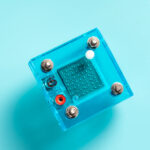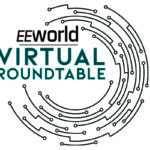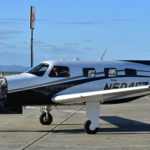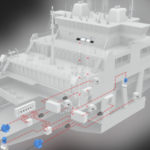PowerC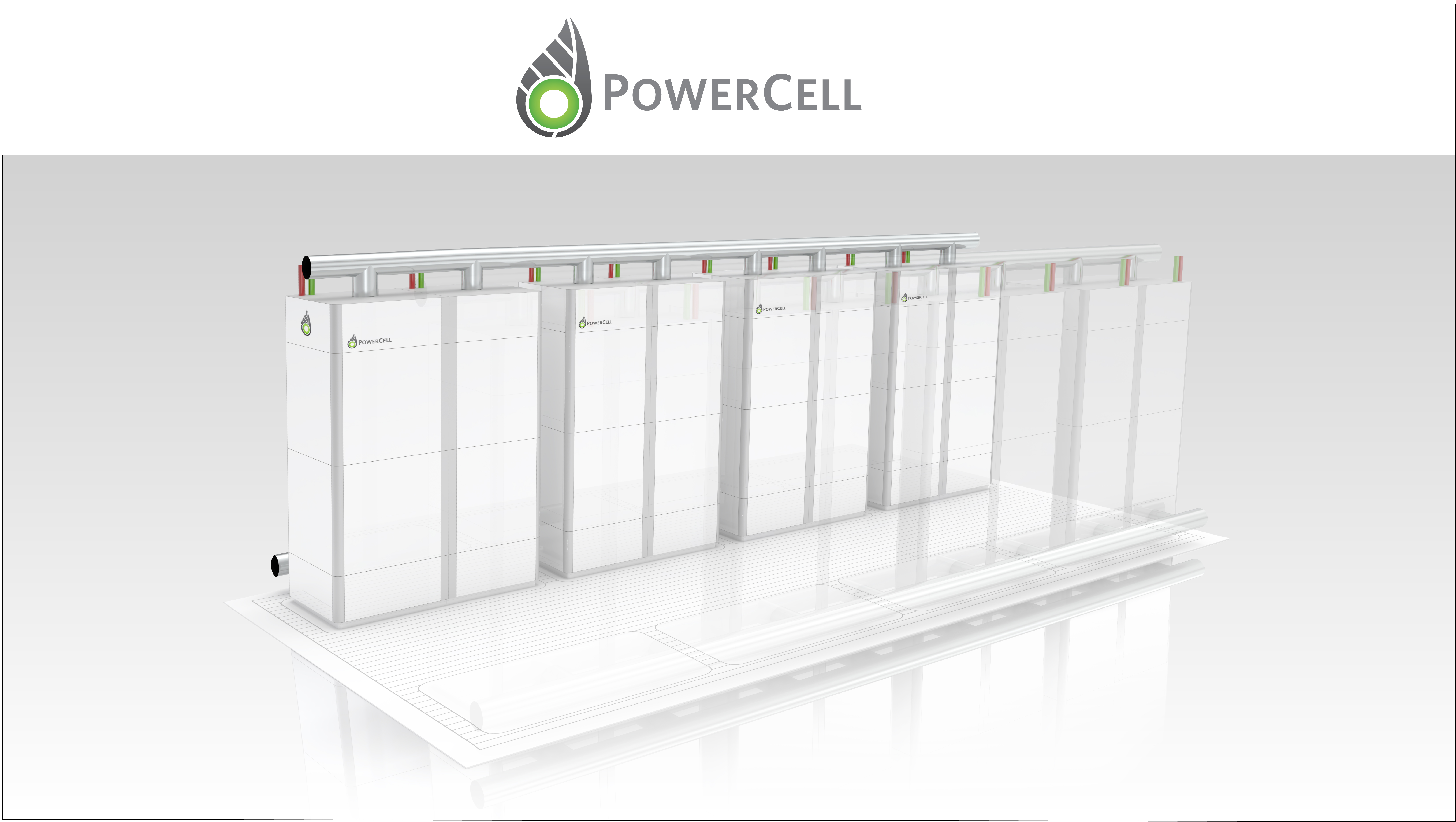 ell Sweden AB has developed a new and improved version of its MS-100 fuel cell system which will be presented at the Fuel Cell Seminar & Energy Exposition in California on November 5th. The new MS-100 is 30 percent more compact and has improved operating life time as well as robustness for demanding applications on land and at sea.
ell Sweden AB has developed a new and improved version of its MS-100 fuel cell system which will be presented at the Fuel Cell Seminar & Energy Exposition in California on November 5th. The new MS-100 is 30 percent more compact and has improved operating life time as well as robustness for demanding applications on land and at sea.
The MS-100 fuel cell system has been developed for marine applications and off-road applications such as construction and material handling equipment which demand reliable operation, high power output and flexibility.
The robust MS-100 is designed to withstand vibrations to ensure a long service life while providing quick and smooth start-up regardless of weather conditions. MS-100 offers a maximum power output of 100 kW and by connecting systems in series, it’s possible to reach megawatt power levels.
The MS-100 system is based on the PowerCell S3 fuel cell stack with industry-leading power density. The S3 stack technology features compact metallic bipolar plates with large active area and state-of-the-art membrane electrode assembly (MEA) to deliver a minimum operating lifetime of 20,000 hours.
With its compact design and a volume of only 276 liters, the versatile MS-100 can be easily integrated and used in a varying number of applications. In addition, MS-100 is available in both vertical and horizontal positioning which facilitates installation when space is limited
PowerCell has extensive experience in developing fuel cell systems dating back to the late 1990s when the company introduced a sophisticated system that could run on reformed diesel. Today PowerCell offers a wide range of fuel cell systems with different power levels for mobile and stationary applications.
MS-100 fuel cell system:
- A fuel cell system developed for marine and transportation applications.
- Powerful output of 100 kW and possibility to connect several systems in series to achieve higher power output levels
- Compact design with vertical and horizontal positioning that enables flexibility and smooth integration.
- Robust design of all system components and metallic bipolar stack plates to ensure a long and reliable service life

